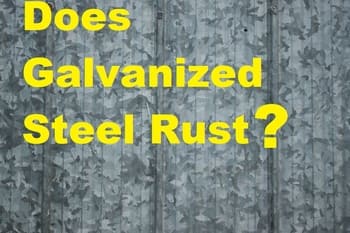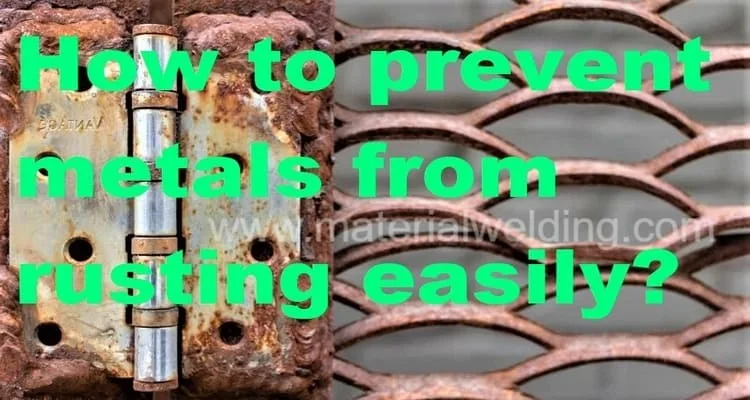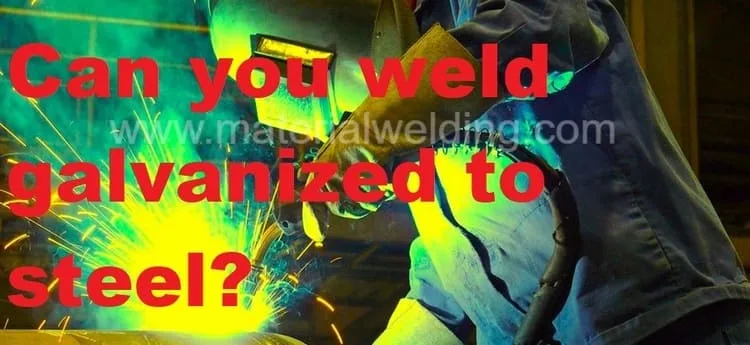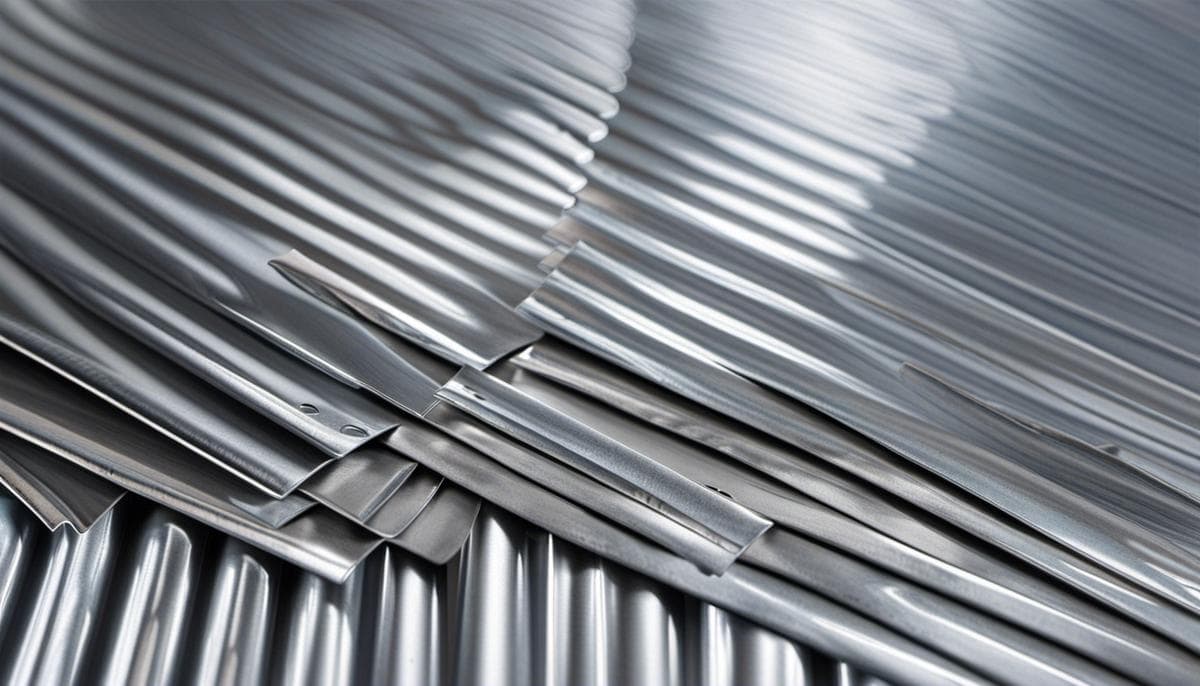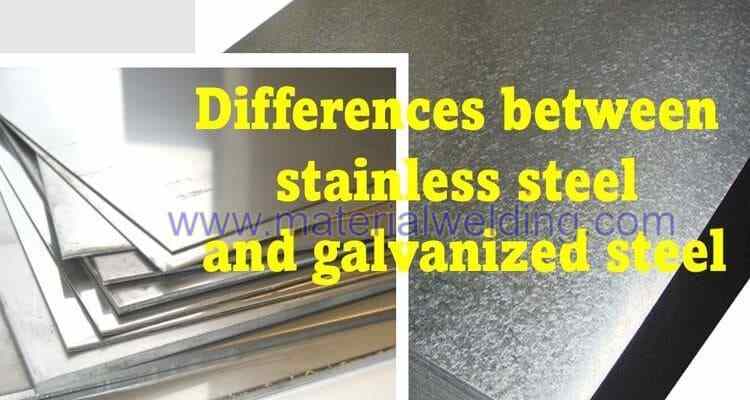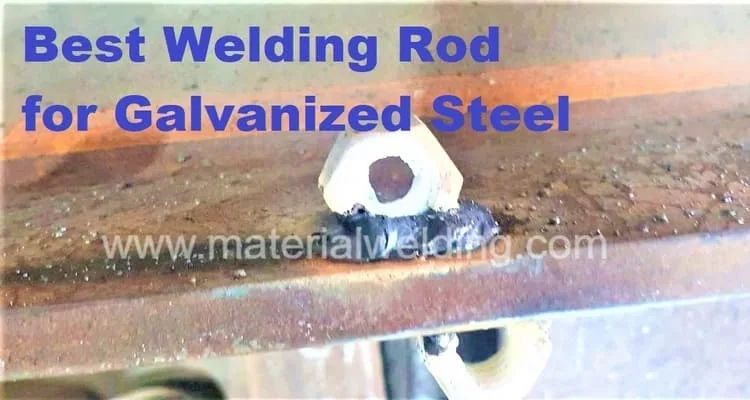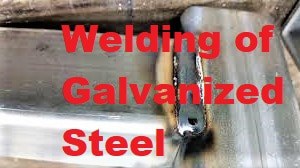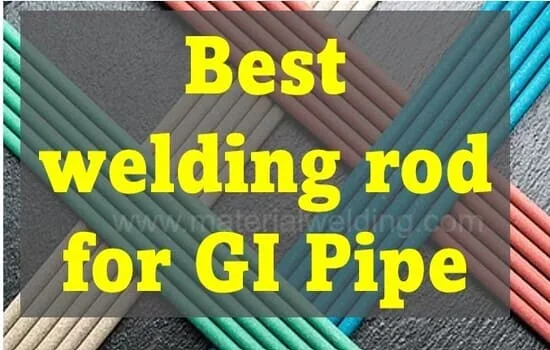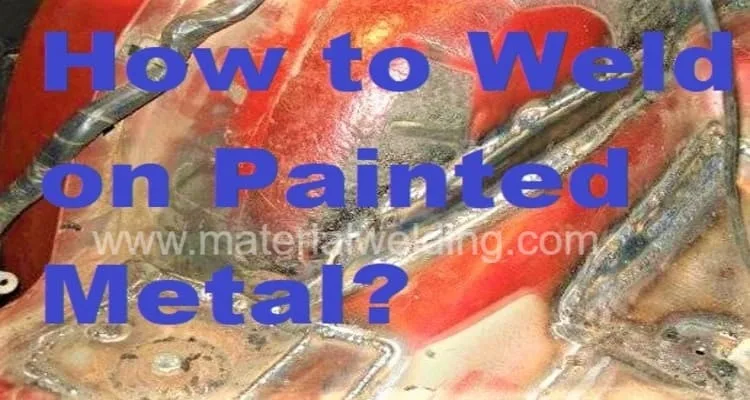Galvanized steel is a type of steel that has been coated with a layer of zinc to protect it from corrosion. The process of galvanization involves dipping the steel in a bath of molten zinc, which forms a thin layer of zinc carbonate on the surface of the steel. This layer acts as a barrier to prevent moisture and oxygen from coming into contact with the steel, thereby preventing rusting.
But is galvanized steel truly rust-proof? In this blog post, we will explore the durability of galvanized steel and the factors that can affect its resistance to corrosion.
What is Galvanized Steel?
Galvanized steel is a type of steel that has been coated with a layer of zinc to protect it from corrosion. The zinc coating acts as a sacrificial barrier, preventing the underlying steel from coming into contact with moisture and oxygen. This makes galvanized steel an excellent choice for use in outdoor applications, such as roofing, siding, and fencing.
Galvanized steel is made by dipping regular steel in a bath of molten zinc. The zinc coating bonds to the steel surface, forming a protective barrier that prevents corrosion. The thickness of the zinc coating can vary, but it is typically between 0.5 and 1.5 millimeters thick.
The Galvanization Process
There are two main methods of galvanizing steel: hot-dip galvanizing and electro-galvanizing.
- Hot-dip galvanizing is the most common method. It involves immersing the steel in a bath of molten zinc at a temperature of approximately 850 degrees Fahrenheit. The zinc coating bonds to the steel surface by diffusion, which is the process of atoms moving from one substance to another.
- Electro-galvanizing is a less common method. It involves passing an electric current through a solution of zinc sulfate and water. The zinc atoms are deposited on the steel surface, forming a protective coating.
Durability of Galvanized Steel
Galvanized steel is known for its excellent resistance to corrosion and rust. The zinc coating provides a sacrificial layer that protects the steel from moisture and oxygen, which are the primary causes of rust. As long as the zinc coating remains intact, the steel beneath it will remain protected. The thickness of the zinc coating can vary depending on the specific application and requirements. Generally, the thicker the coating, the longer the steel will be protected.
Factors Affecting the Durability of Galvanized Steel
While galvanized steel is highly resistant to corrosion, there are some factors that can affect its durability. Some of these factors include:
- Environment: The environment in which the galvanized steel is used can affect its resistance to corrosion. For example, if the steel is exposed to saltwater or acidic substances, the zinc coating can corrode more quickly.
- Temperature: High temperatures can cause the zinc coating to break down, which can expose the steel to corrosion.
- Mechanical Damage: If the galvanized steel is damaged mechanically, the zinc coating can be scratched or broken, which can compromise its corrosion resistance.
- Weathering: Over time, the zinc coating can weather and become less effective at preventing corrosion. This can be due to natural weathering processes such as exposure to sunlight, rain, and wind.
- Maintenance: Proper maintenance of the galvanized steel is essential to ensure its durability. Regular cleaning and inspection for damage can help prevent corrosion.
The Corrosion Resistance of Galvanized Steel
Zinc is a highly corrosion-resistant metal. It forms a protective layer of zinc oxide on its surface when it is exposed to air. This layer of zinc oxide acts as a barrier, preventing the steel from coming into contact with corrosive elements.
The corrosion resistance of galvanized steel depends on a number of factors, including the thickness of the zinc coating, the type of zinc coating, and the environment in which the galvanized steel is used.
Thickness of the Zinc Coating
The thicker the zinc coating, the more corrosion-resistant the galvanized steel will be. A zinc coating of 0.5 millimeters thick is typically sufficient for use in most outdoor applications. However, a thicker zinc coating may be required for use in harsh environments, such as coastal areas or areas with high humidity.
Type of Zinc Coating
There are two main types of zinc coatings: hot-dip galvanized and electro-galvanized. Hot-dip galvanized coatings are typically more corrosion-resistant than electro-galvanized coatings. However, electro-galvanized coatings are less expensive to produce.
Environment
The environment in which the galvanized steel is used can also affect its corrosion resistance. Galvanized steel performs best in dry and moderate environments. However, it can corrode more quickly in harsh environments, such as coastal areas or areas with high humidity.
Maintenance and Care
Galvanized steel is a low-maintenance material. However, it is important to clean and maintain galvanized steel regularly to prevent corrosion. Regular cleaning will remove dirt, debris, and other pollutants that can compromise the zinc coating.
Conclusion
Galvanized steel is a corrosion-resistant material that is ideal for use in outdoor applications. The thickness of the zinc coating, the type of zinc coating, and the environment in which the galvanized steel is used all affect its corrosion resistance. Regular cleaning and maintenance will help to prolong the lifespan of galvanized steel.
Galvanized steel is a highly durable material that is resistant to corrosion and rust. However, its durability can be affected by various factors such as environment, temperature, mechanical damage, weathering, and maintenance. While it is not completely rust-proof, galvanized steel is a reliable and cost-effective option for a wide range of applications, from construction to automotive industries. With proper maintenance and care, galvanized steel can provide long-lasting protection against corrosion and rust.
Additional Information
- Galvanized steel is often used for roofing, siding, and fencing.
- It can also be used for other applications, such as gutters, downspouts, and mailboxes.
- Galvanized steel is available in a variety of colors and finishes.
- It is a relatively inexpensive material.
- Galvanized steel is a sustainable material. It is made from recycled steel and zinc, and it can be recycled at the end of its life.
